Nutrition for healthy teeth and bones
A common misconception is that teeth are bones, but your femur and your molar are quite different. They do have something in common, though — nutrition is a key part of keeping both teeth and bones healthy!
Keep reading to see the colorful assortment of foods that are packed with the key essential nutrients.
So, what’s the difference?
Bones are mostly made of a protein called collagen. This protein provides structure, support and strength to your skin, muscles and bones. In the body, collagen works hand in hand with a mineral called calcium phosphate to harden and strengthen the framework of your bones and skeleton. All your bones contain about 99% of the body’s calcium and function as living organs. This allows them to begin to heal and regenerate on their own when broken or fractured.
Teeth, on the other hand, are made of multiple layers of both hard and soft tissue. The top layer is tooth enamel — the hardest surface in your entire body. There are no living cells in enamel, so unlike bones, it can’t regenerate new enamel once it is lost. Dentin is a hard tissue just under the tooth enamel that supports the enamel and forms the bulk of the tooth. Working our way down to under the gumline, the root of a tooth is covered with a hard connective tissue called cementum. This is what attaches teeth to the jawbone via ligament fibers.
Nutrition is necessary
While bones and teeth have their differences, both need proper nutrients to stay fully functional and healthy. Calcium, for example, is very important for both bones and teeth. But to properly absorb calcium, enough vitamin D is needed.
It’s recommended that adults aim for 1,000 mg of calcium and 10 micrograms of vitamin D every day.1
Superb sources of vitamin D
-
Soaking up the sun through your skin
-
Salmon
-
Egg yolks
-
Fortified milk, including some non-dairy milks
-
Mushrooms
-
Spinach
Don’t forget your SPF 30+ for your skin and lips when you’re outside, even on a cloudy day.
Stellar sources of calcium
-
Milk, cheese and other dairy foods
-
Fortified tofu
-
Green, leafy vegetables like broccoli, cabbage and spinach
Before starting any dietary supplements, be sure to talk with your physician to ensure they’re needed and safe.
The connection between oral health and bone health
Both bone and tooth loss are a concern for older adults as their collagen production and calcium absorption decrease with age. Those with osteoporosis are at a higher risk of tooth loss as the jawbone becomes less dense. Adding foods rich in the vitamins and minerals your teeth and bones need is a good way to prioritize your oral and overall health.
Foods to choose
.jpg)
Dark, leafy greens
Romaine lettuce is a popular choice but give darker greens a try for the ultimate bone benefits. On your next grocery trip, consider adding Bok choy, kale or collard greens to your cart. Not only are dark, leafy greens packed with calcium, but they also have vitamin K, which has been shown to help reduce the risk of osteoporosis.
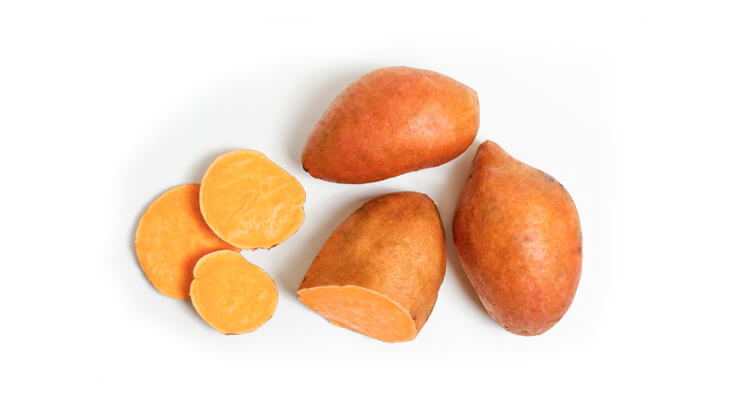
Sweet potatoes
Two other nutrients that support bone health are magnesium and potassium, which can both be found in a sweet potato. Magnesium and vitamin D have a close relationship and often work together. If magnesium levels are low, it can cause issues with your vitamin D balance. Potassium works to neutralize acid in your body, which can steal calcium from your bones and damage your tooth enamel.
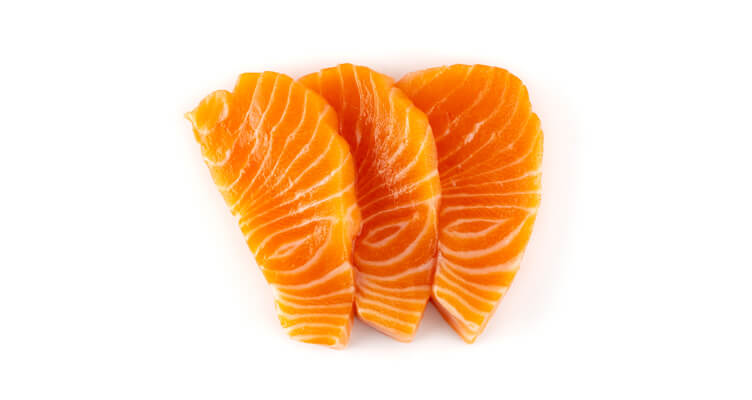
Salmon
Salmon is nutrient-dense with vitamin D and omega-3 fatty acids that help your body use calcium efficiently. If fresh caught salmon isn’t easy to find, buying canned salmon is a great alternative. Even just 3 ounces of it have more than 180 milligrams of calcium.
Foods to avoid
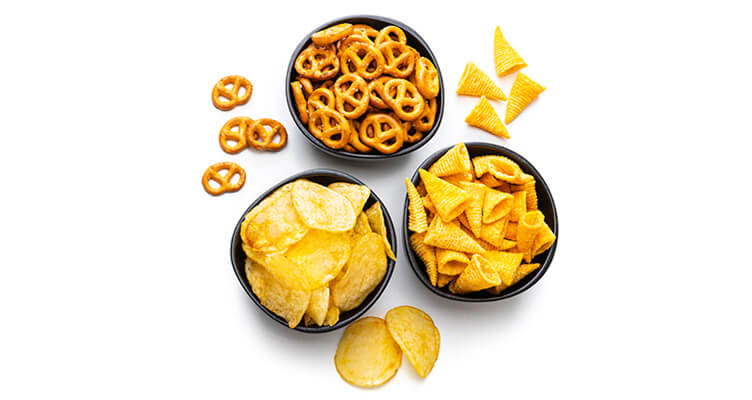
Crackers and pretzels
Crackers and pretzels are sneaky in being not-so-smile-friendly. They’re full of carbohydrates, which break down and turn into sugar. The bacteria that hide away in your mouth then feed on that sugar and release acids that can lead to plaque and tooth decay.
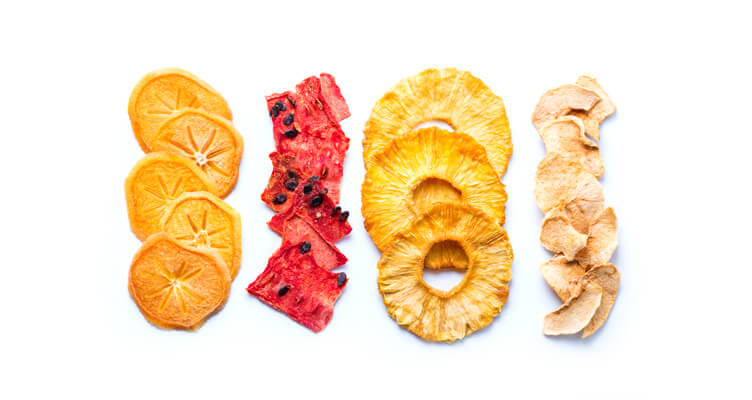
Dried fruit
Because it has been dried, it’s been stripped of all water. This makes the fruit’s texture sticky, and prone to being left behind on and in between teeth. Reach for whole fruit (fresh or frozen) instead to take full advantage of the nutrients they offer, including the water content.
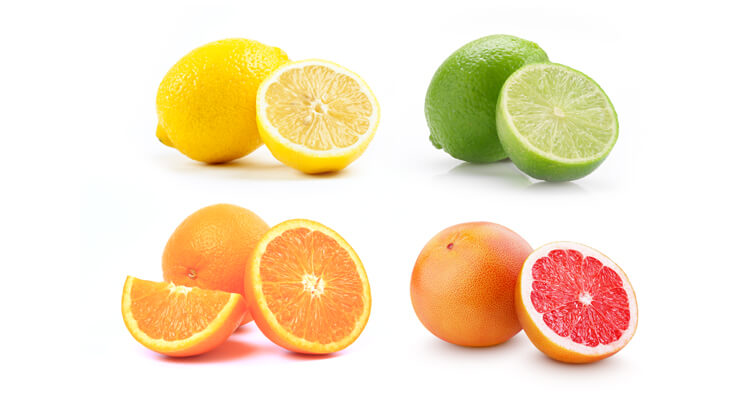
Citrus fruits
While grapefruits, lemons and oranges are delicious and have a ton of vitamin C, their high amount of acid can erode tooth enamel. This makes your teeth more vulnerable to decay and cavities. Enjoy these fruits in moderation and rinse with water afterwards to wash away the harmful acids.
While they may not be the same, teeth and bones need proper nutrition to remain strong and healthy. Eating a well-balanced diet with the right amounts of calcium and vitamin D, staying active and maintaining regular preventive care will ensure you’re on the right track.
1Mayo Clinic
Check out even more Grin! articles
Wellness + Nutrition

News + Research

Wellness + Nutrition
.jpg?width=1200&height=683&name=apple-crumble-1200x683%20(1).jpg)

